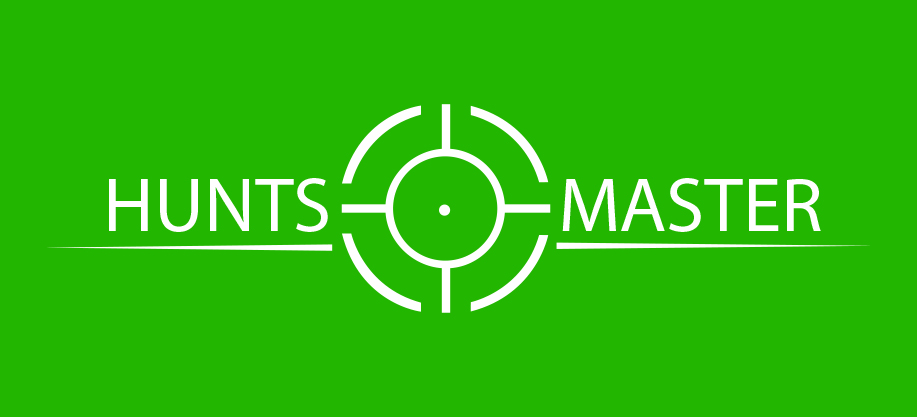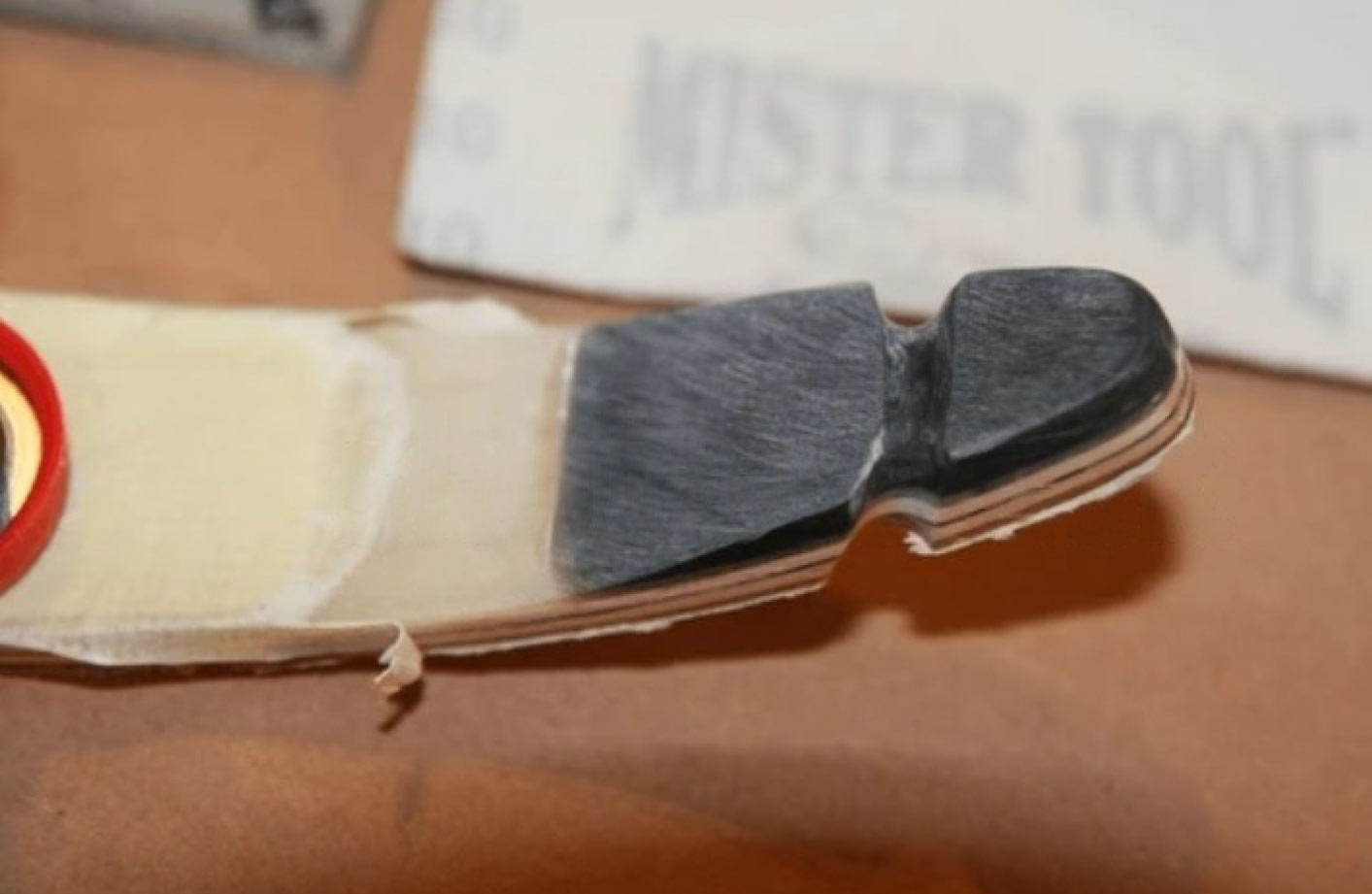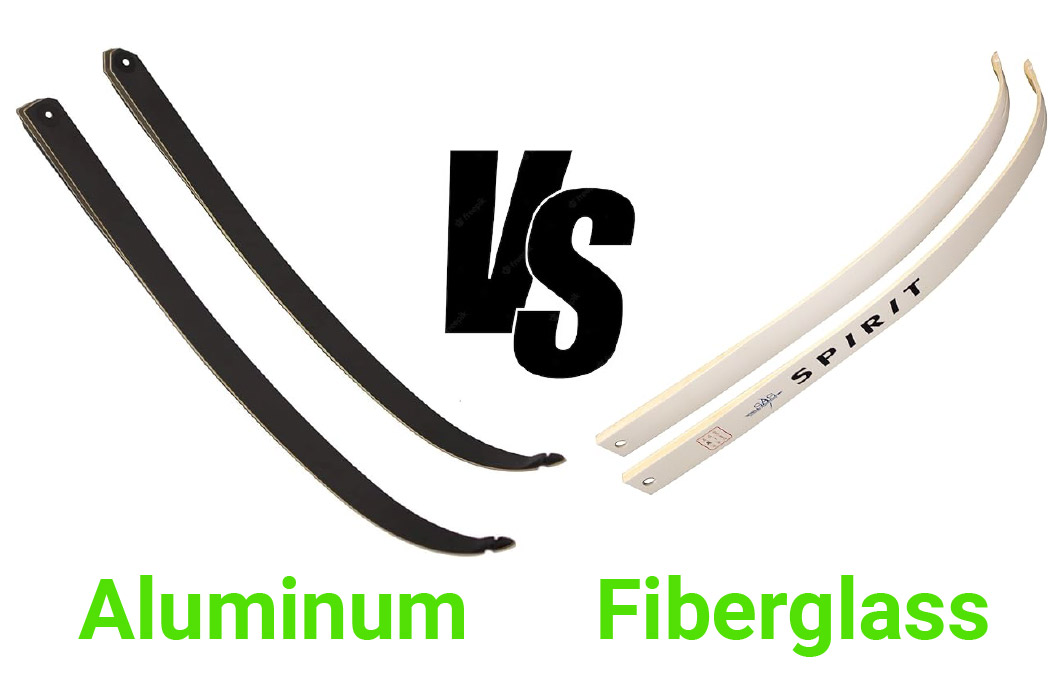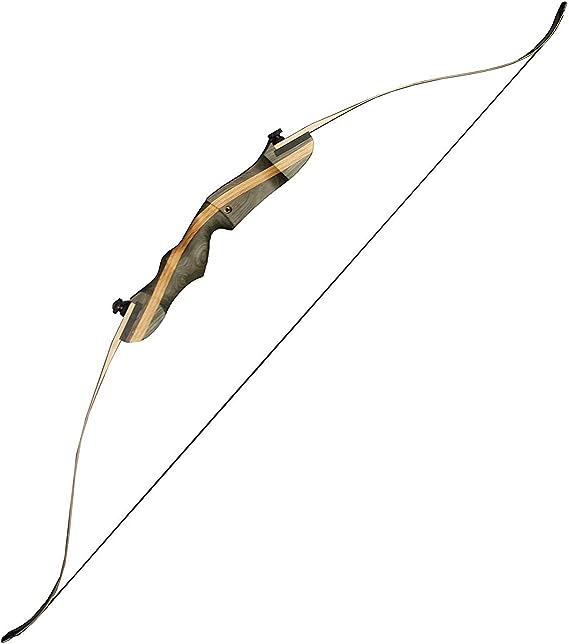Are you a bowhunting enthusiast looking to choose the perfect recurve bow? Look no further! In this blog post, we’ll guide you through the process of selecting the right recurve bow for your needs.
From considering your purpose to testing and trying different bows, we’ve got you covered. So grab a cup of coffee, and let’s dive in!
Understanding Recurve Bows
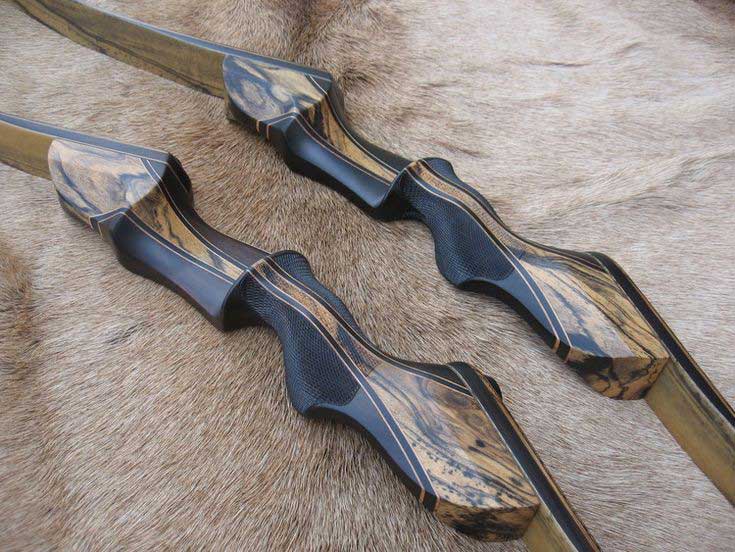
A recurve bow is a type of traditional bow that has limbs that curve away from the archer when unstrung. This design stores more energy and delivers more power to the arrow compared to a straight-limbed bow.
Recurve bows are used in various settings, including target shooting, hunting, and even Olympic competitions.
Consider Your Purpose
When choosing a recurve bow, it’s crucial to consider your purpose. Are you planning to use it for hunting or target shooting?
Understanding your intention will help determine the ideal bow length and specifications that suit your needs.
For example, if you’re an archery enthusiast looking for a recreational or competitive experience, a shorter bow may provide better maneuverability and ease of use. On the other hand, hunters might prefer a longer bow for its increased accuracy and power.
Hunting or Target Shooting
Consider the game you’ll be hunting. Different animals require different draw weights, so it’s important to research the minimum requirements for your target game.
Think about your shooting distance and accuracy needs. This will help determine factors like bow length and archery techniques that are best suited for your specific purpose.
Recreational or Competitive
Determine your level of commitment to archery. Are you looking for a casual recreational activity, or do you plan to take it more seriously? Assessing your commitment will help guide you in choosing the right bow and equipment that match your goals.
Assess whether you plan to participate in competitions. If competition is on your radar, consider factors like the specific requirements of different competitions, such as bow length restrictions. This will ensure that the equipment you choose meets the necessary regulations.
Consider the availability of practice facilities and training resources. Before diving into archery, think about where you can practice regularly and access training opportunities.
Look for local clubs or ranges that offer facilities and resources tailored for both recreational archers and those preparing for competitive events.
Factors to Consider When Choosing a Recurve Bow
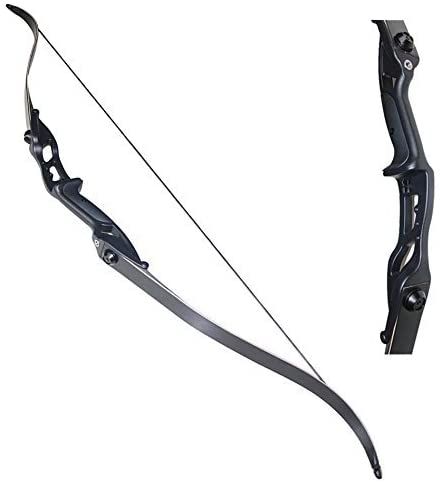

1. Draw weight
Draw weight refers to the amount of force required to pull the bowstring back to a full draw. The appropriate draw weight depends on your physical strength and experience.
Beginners should start with a lower draw weight (15–25 lbs) and gradually increase it as they build strength and skill. For hunting purposes, a draw weight of at least 40 lbs. is recommended.
2. Bow Length
The length of the bow plays a crucial role in its stability and accuracy. A longer bow tends to be more stable and forgiving, making it suitable for target shooting.
A shorter bow, on the other hand, offers better maneuverability, which is essential for hunting in tight spaces. To determine the ideal bow length, measure your draw length and add 40 inches.
3. Material
Recurve bows are made from various materials, including wood, fiberglass, and carbon. Wooden bows offer a traditional feel and aesthetic but may require more maintenance.
Fiberglass and carbon bows are more durable and weather-resistant, making them suitable for outdoor use.
4. Price
Recurve bows are available at various price points, depending on factors like materials, craftsmanship, and brand reputation.
Set a budget based on your needs and preferences, but remember that investing in a quality bow will ensure better performance and longevity.
Test and Try Different Bows
Test and try different bows – it’s the best way to find the perfect recurve bow for you. Visit a local archery shop and ask if they have any demo bows available. Take your time trying out different models, paying attention to how each one feels in your hand and how smoothly it draws back.
Another option is to attend archery events or classes where you can test out a variety of bows before making a decision. Don’t rush this process – finding the right recurve bow will greatly enhance your bow hunting experience.
Takedown vs. One-Piece Bows
Takedown recurve bows can be disassembled into three separate pieces (the riser and two limbs), making them easier to transport and store.
One-piece bows are more challenging to transport, but they offer a smoother shooting experience due to their continuous construction.
Consider your storage and transportation needs when deciding between a takedown or one-piece bow.
Final Touch
When choosing a recurve bow, it’s important to test the grip and feel of the bow in person before making your purchase. This will help ensure that it is comfortable and well-suited to your shooting style.
Be sure to check for adjustable options such as limb weight and riser length, as these can greatly affect the performance of the bow.
Lastly, don’t forget to read reviews and seek recommendations from experienced archers; their insights can provide valuable guidance in finding the perfect recurve bow for you.
Frequently Asked Questions
How do I determine my draw length?
To measure your draw length, stand with your arms extended to your sides and have someone measure the distance from your fingertip to your fingertip. Divide this number by 2.5 to get your approximate draw length.
How do I choose the right bow length?
Once you know your draw length, use these guidelines to choose your bow length:
- Draw length under 28 inches: bow length of 62-66 inches
- Draw length between 28 and 30 inches; bow length of 66 and 68 inches
- Draw length over 30 inches: bow length of 68–70 inches
How do I determine the appropriate draw weight?
Choose a draw weight based on your experience level.
- Children and beginners: 10–25 pounds
- Intermediate archers: 25-45 pounds
- Advanced archers: 45-60 pounds
Should I choose a takedown or a one-piece bow?
Takedown recurve bows can be disassembled into three separate pieces for easier transportation and storage. One-piece bows offer a smoother shooting experience due to their continuous construction but are more challenging to transport.
How do I find my dominant eye?
Extend your arms in front of you and create a small triangle with your thumbs and forefingers. Your dominant eye is the one that keeps the object centered in the triangle.
What accessories can I add to my recurve bow?
Popular accessories for recurve bows include bow sights, arrow rests, stabilizers, bow slings, and bow stringers.
Can I test different bows before buying one?
Yes, it’s essential to try out different bows to find the one that works best for you. Visit a local archery shop or range and ask to test various bows.
